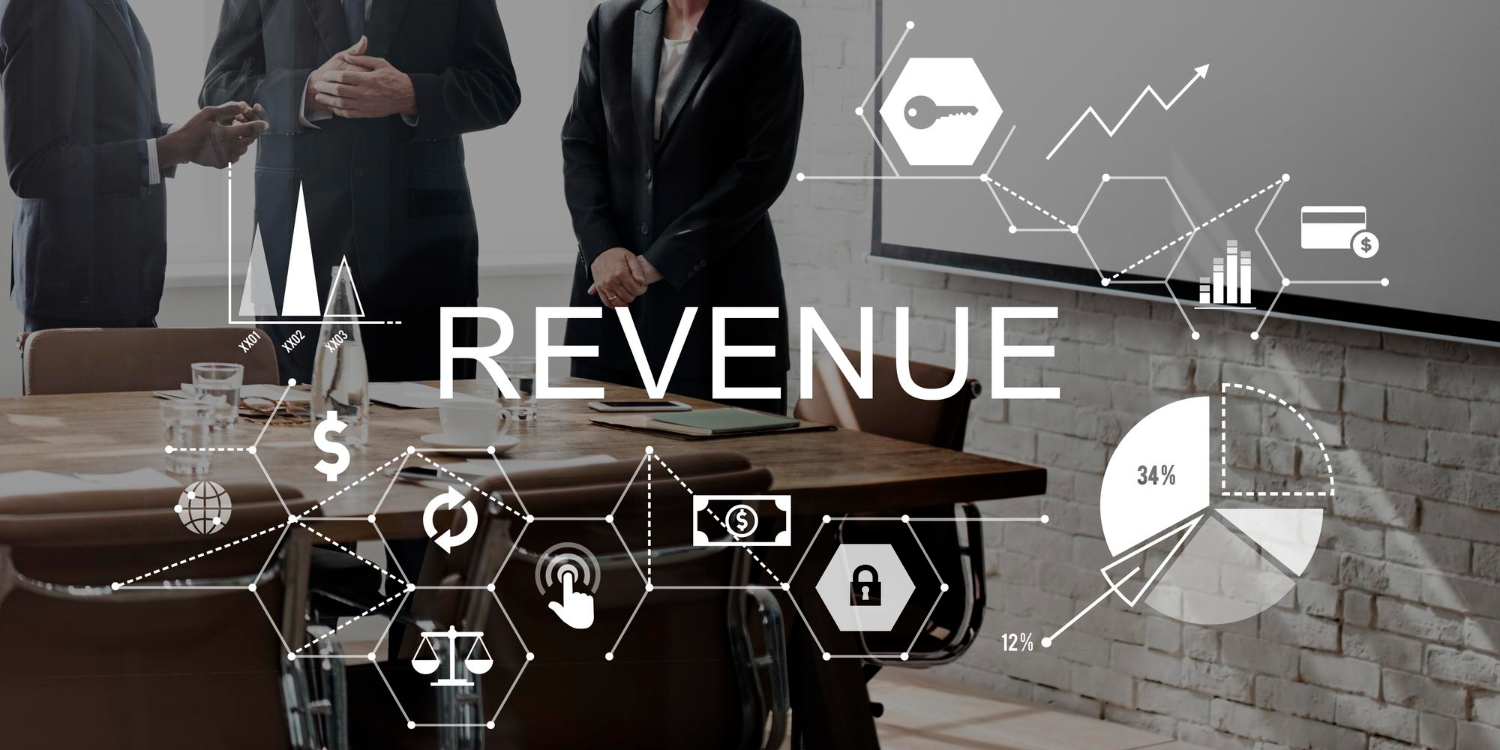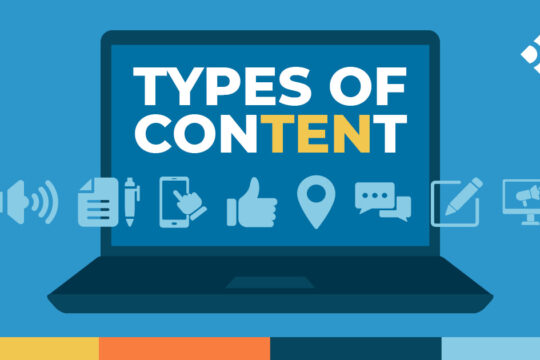
Forecasting revenue is a big part of a hotel manager’s job. Many companies use revenue management systems to boost accuracy and keep up with the competition.
However, it’s essential to select the right one for your business. There are a few key factors to consider when picking an RMS.
Table of Contents
Predictive Analytics
Using data, predictive analytics models identify the likelihood of future outcomes based on past patterns and behaviors. The goal is to go beyond knowing what has happened and providing the best prediction of what will happen next — enabling businesses to make informed decisions and gain competitive advantage.
The applications of predictive analytics are vast. Whether you want to predict what consumers will buy, detect fraud in financial transactions, or anticipate when a piece of industrial equipment will fail, predictive modeling can help you plan and prepare for the future. Savvy marketers already use predictive models to target online ads and analyze customer behavior to determine buying patterns. It’s also common to find predictive analysis tools within operational analytics applications or data products that support business functions, such as a recommendation engine on a retail website or a churn prediction tool for banking customers.
Regarding revenue management, an RMS can improve bottom-line performance by optimizing room rates across multiple channels and predicting what guests will book. This can result in RevPAR uplifts of 6% or more, improved market standing, and increased occupancy rates. Similarly, a self-storage RMS can drive move-in revenues of up to 10% by optimizing unit pricing based on the needs of specific segments of potential customers. This helps to fill gaps in income and bolsters top-line growth, which can also increase company valuation over the long term.
Personalized Marketing
Personalized marketing is one of the best ways to build brand awareness and customer loyalty. This strategy takes the guesswork out of creating marketing content and enables brands to stand apart in a sea of sameness.
When personalizing content, understanding what your audience wants is the most crucial factor. This can be achieved by studying your customers’ buying habits and using data to deliver relevant content that makes them feel valued. This can be done through various channels, including email, social media, and website content.
Incorporating personalized content into your marketing efforts can increase the likelihood of a sale and build long-lasting customer relationships. It can also help you reduce marketing costs and boost ROI. According to research from McKinsey, companies that implement personalization are 40 percent more likely to achieve revenue growth.
When making the case for a revenue management system, it’s essential to highlight the benefits of the technology and demonstrate how it will impact your organization. Use credible industry reports and statistics to help build your business case. For example, research from Deloitte shows that organizations that invest in pricing analytics, such as an automated RMS, experience a 7 to 20 percent increase in revenue per available room (RevPAR) and a 2 to 7% increase in profit margins within 12 months of adoption.
Inventory Optimization
Inventory optimization creates a high-performing inventory that drives financial turnover, providing a steady cash stream and fueling growth. This, in turn, enables businesses to streamline other aspects of their operations, gearing them towards timely order fulfillment that fuels customer delight. It also helps them weather unpredictable economic ebbs and flows that can destabilize foundational brands.
Implementing an RMS takes a lot of effort, especially convincing executives that the system can deliver a significant return on investment (ROI). To make the case, you need a sponsor to spearhead your project and a clear list of stakeholders who stand to benefit from it.
A plan to keep the momentum going once you get your RMS up and running is also essential. For instance, you could recruit an internal advocate to help evangelize the solution throughout your organization and identify any gaps in knowledge.
Balancing inventory levels is essential to avoid overstocking or understocking, reducing cash flow and impacting warehousing costs. Using data to determine the optimal reorder point for each SKU (stock-keeping unit) will help you optimize inventory and meet customer demand while saving money on storage costs. The right product mix, shipping rates, and daily usage can all impact the reorder point. It varies from product to product and even between similar SKUs such as white or black socks.
Customer Relationship Management
Getting to know your customers is what drives business success. CRM software consolidates information on clients in a single database. It helps streamline internal processes, such as managing leads and sales and generating reports and analytics. This data-driven approach allows you to provide personalized customer experiences and build stronger connections.
The science of revenue management was born in the 1970s when BOAC, an airline, discovered that leisure travelers tended to book earlier than business travelers. The airline adopted its pricing to reflect this behavior, and the practice evolved into what is now known as revenue management. It analyzes data to predict demand and adjust pricing (and other terms of sale) to maximize revenue.
Revenue managers use this data in hotels to optimize bookings and increase occupancy rates and revenues. They can also use this insight to create more effective marketing and distribution campaigns. This helps them drive more direct bookings and save intermediary costs.
Hotel revenue managers can use the insights they get from their data to determine which price points will most appeal to each customer segment. They can also use their analysis to set the correct prices for each room type and length of stay, ensuring they can maximize revenue and occupancy rates. They can also use this data to develop pricing strategies based on competition. This may include explicitly matching competitor prices or undercutting them by a certain margin.



